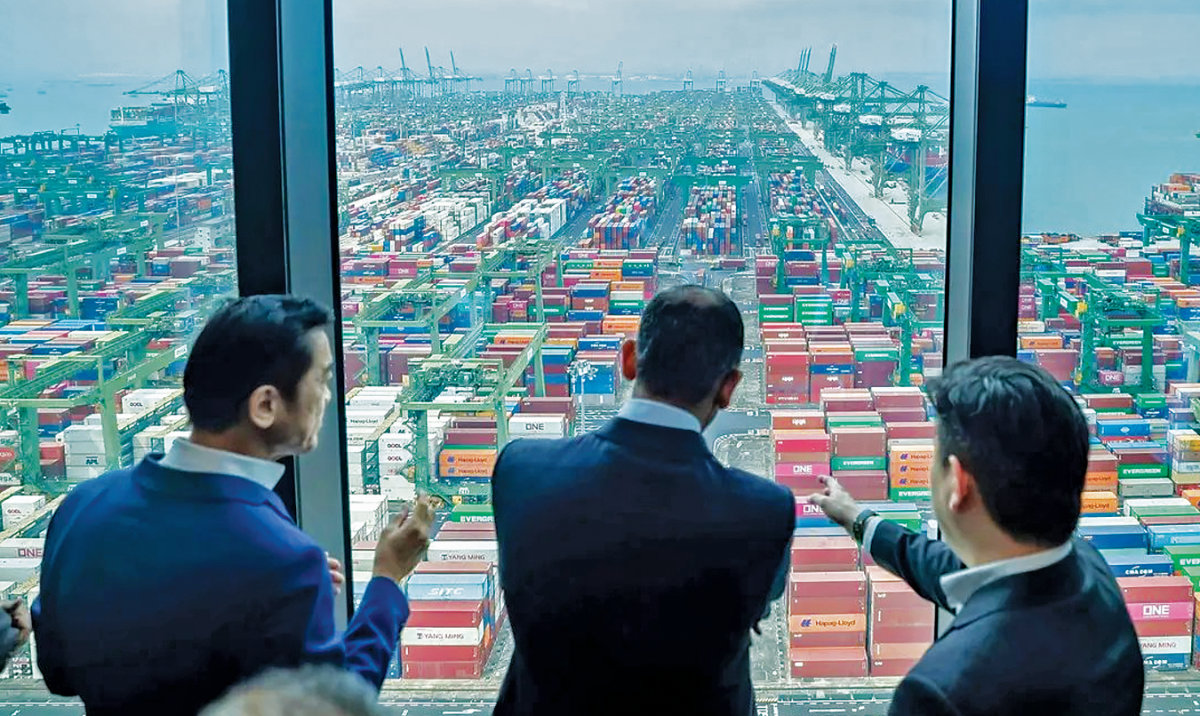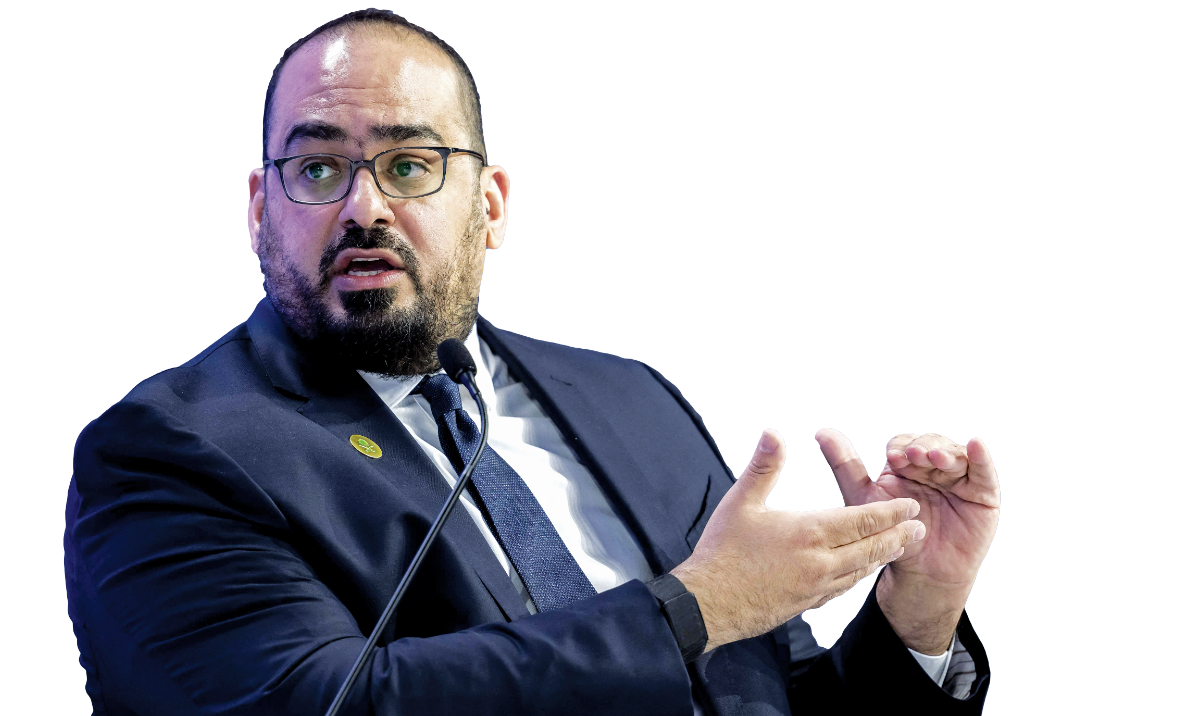RIYADH: Bitcoin, the leading cryptocurrency internationally, traded higher on Wednesday, up 1.73 percent to $41,429 as of 09.00 a.m. Riyadh time.
Ether, the second most traded cryptocurrency, was priced at $3,093, up 1.72 percent, according to data from Coindesk.
Iran tightens penalties on unauthorized crypto mining

Crypto mining involves using a huge amount of energy (Shutterstock)
An official with Iran’s Power Generation, Distribution, and Transmission Company, Tavanir, said the country’s administration will approve new rules to increase penalties for unauthorized cryptocurrency mining, a publication of the Islamic Republic of Iran News Agency reported.
“The increased penalties include raising fines by at least three and at most five times, imprisoning the offender, and revoking the offender’s business license,” Mohammad Bohlouli said.
Bohlouli added: “Any use of subsidized electricity intended for households, industrial, agricultural, and commercial subscribers for mining cryptocurrency is prohibited.”
In January 2020, the Ministry of Industry, Mining and Trade issued more than 1,000 licenses for cryptocurrency mining operations.
However, the Iranian authorities have said that some unauthorized miners are using household electricity to mine cryptocurrency, which has caused major problems for the country’s electricity industry.
While in December last year, crypto miners were ordered to halt operations to prevent winter blackouts, Bitcoin.com reported.
In September, the authorities reportedly confiscated more than 220,000 mining machines and shut down nearly 6,000 illegal crypto mining farms across the country.
Robinhood acquires crypto company
Nasdaq-listed trading platform Robinhood announced on Tuesday that it has signed an agreement to acquire cryptocurrency firm Ziglu, Bitcoin.com reported.
This acquisition is part of Robinhood's international expansion plan.
“As we look to expand internationally, we’re excited to announce that we’ve signed a deal to acquire Ziglu Limited, a UK-based electronic money institution and cryptoasset firm,” Robinhood said.
The company added: “The deal is subject to regulatory approvals and other customary closing conditions."
Mark Hipperson, the CEO of Ziglu, stated that “the two companies share a common set of goals.”
“As part of Robinhood, we’ll supercharge Robinhood’s expansion across Europe and bring better access to crypto and its benefits to millions more customers,” Hipperson said.
European crypto industry steps up efforts to influence EU policy

(Shutterstock)
More than 40 crypto business leaders have asked the EU not to require crypto firms to disclose transaction details and dial down attempts to bring to heel rapidly growing decentralized finance platforms.
The EU, like countries and jurisdictions across the globe, is working to tame the freewheeling crypto sector. It is ahead of the US and Britain in developing a set of rules for the $2.1 trillion sector.
In a letter seen by Reuters sent to 27 EU finance ministers on April 13, crypto businesses asked policymakers to ensure their regulations did not go beyond rules already in place under the global Financial Action Task Force, which set standards for combating money laundering.
EU lawmakers last month voted to back new safeguards for tracing bitcoin and other cryptocurrencies.
The rules, opposed by major US exchange Coinbase Global Inc, would require crypto firms to gather and hold information on who is involved in digital currency transfers.
CBA rebuffs reports of partnership with crypto platform

(Shutterstock)
Commonwealth Bank of Australia warned of a fake news article doing rounds on social media platforms alleging the country’s No. 1 lender to have partnered with a cryptocurrency trading platform to encourage people to invest in crypto assets.
The report comes months after Australia’s richest man and chairman of Fortescue Metals Group, Andrew Forest, filed a lawsuit against Facebook-owner Meta Platforms alleging it breached anti-money laundering laws and used his image to promote cryptocurrency schemes.
Last month, Australia’s competition watchdog had also filed a similar lawsuit against Meta with allegations of promoting fake cryptocurrency ads featuring well-known people.
CBA added that it has warned Australians through its own channels not to respond to or click through to the website if they receive the alleged fake article.
It also alleged that the article was “designed to entice unsuspecting people to go to the scammer’s website and provide their personal details and money.”
(With inputs from Reuters)






















